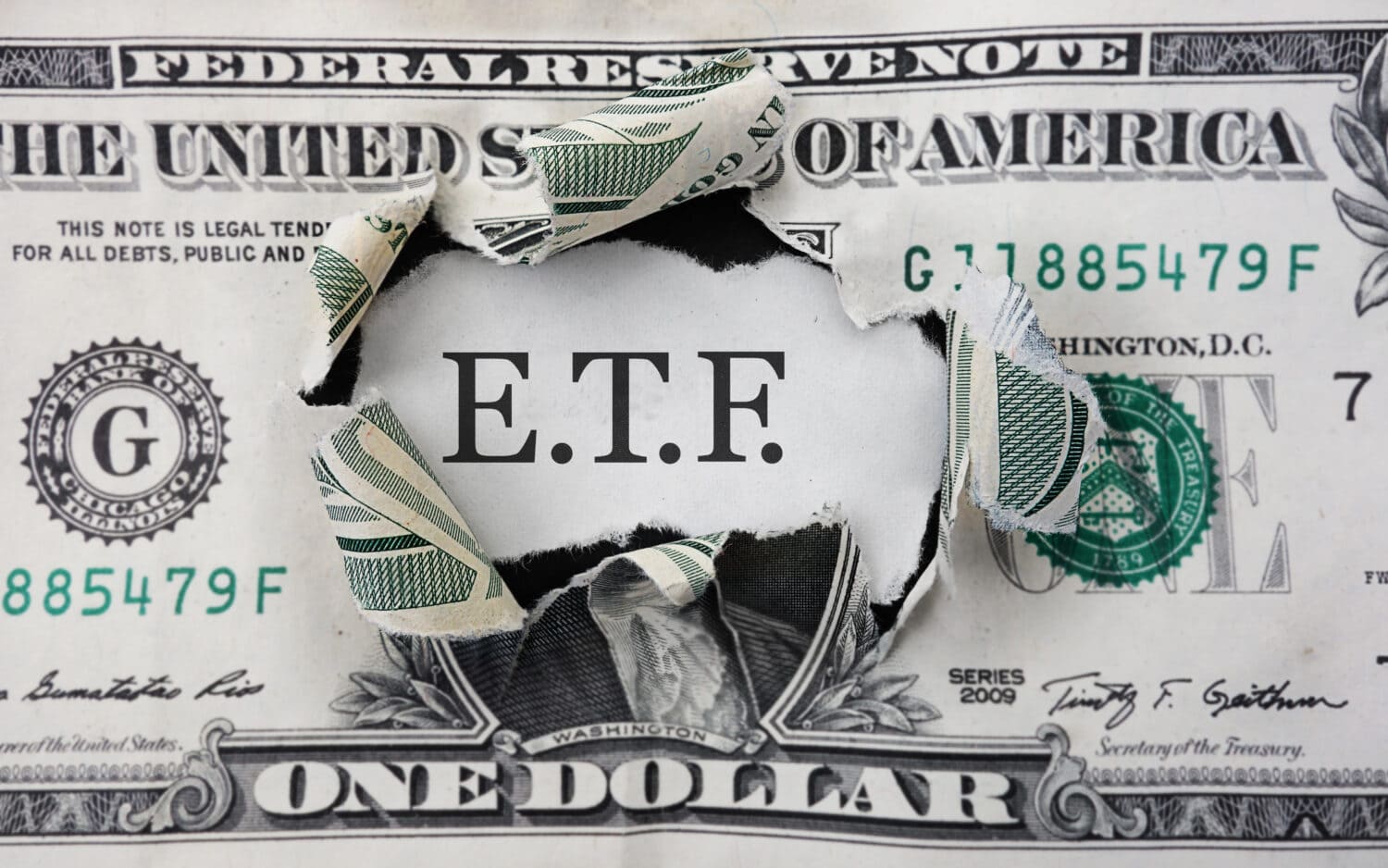Investing
2 Terrific Growth ETFs to Buy Before 2025 That Aren't Schwab US Dividend ETF

Published:

There is a reason the Schwab US Dividend ETF (NYSEARCA:SCHD) is a top-of-list purchase for investors. It provides one of the easiest ways to buy the biggest dividend growth stocks in the U.S. possessing the most solid financial footing.
The exchange-traded fund (ETF) also does this at very low cost while offering tremendous compound annual growth rates in the payout. SCHD has grown its dividend at an 11% CAGR over the past five- and 10-year periods.
Yet as good as the Schwab ETF is, it isn’t the only top-notch dividend growth fund to consider. That’s why I’ve identified two more terrific growth ETFs to buy before the end of the year to give your portfolio as many options for success as possible.

The first of these ETFs is the Vanguard Mega Cap Growth ETF (NYSEARCA:MGK) that oversees a 71-stock portfolio focused on the biggest high-growth companies across numerous industries. Buying this ETF is a bet on today’s winning stocks remain at the top of their game.
Not surprisingly, its top holdings comprise five of the leading Magnificent Seven stocks:
|
Stock |
% Portfolio |
Market Cap |
YTD Performance |
|
Apple (NASDAQ:AAPL) |
13.7% |
$3.55 billion |
21.2% |
|
Microsoft (NASDAQ:MSFT) |
13.0% |
$3.18 billion |
13.8% |
|
Nvidia (NASDAQ:NVDA) |
11.4% |
$3.43 billion |
182.5% |
|
Amazon (NASDAQ:AMZN) |
6.8% |
$1.96 billion |
22.8% |
|
Meta Platforms (NASDAQ:META) |
4.9% |
$1.45 billion |
62.1% |
Data source: Vanguard, Yahoo! Finance.
As you can see, though, almost 40% of the portfolio is in just three stocks. That is a highly concentrated number and it does focus heavily on the tech sector. While that opens investors to some risk, it is also operating on the belief that Apple, Microsoft, and Nvidia will continue to dominate their markets. That is not exactly misplaced wishful thinking.
Mega cap tech growth stocks are what has driven the market to all-time, record highs. They can’t be on a moonshot trajectory forever, but the top three stocks still have long-tail opportunities stretching well out ahead of them to capitalize upon.
With an expense ratio of just 0.07%, the Vanguard Mega Cap Growth ETF means a very low-cost method for investing in the leading, most valuable growth-oriented businesses on the market. And beyond just tech, you’re also gaining exposure to the pharmaceuticals industry, financial services, retail, and more through investments in companies like Eli Lilly (NYSE:LLY), Visa (NYSE:V), Costco (NASDAQ:COST), and Netflix (NASDAQ:NFLX). It is truly a bet on the success of the American economy.
MGK has a solid 16-year history of dividend payments and growth. In that time it has grown the payout at a greater than 6% CAGR.

But if you want a more direct line into the tech sector, you can’t go wrong with the Vanguard Information Technology ETF (NYSEARCA:VGT). The fund owns over 300 tech-oriented stocks, but like the mega cap ETF, Apple, Microsoft, and Nvidia shine at the top spots in the portfolio. Here, though, they represent 44% of the portfolio’s holdings.
However, with the focus on information technology stocks, you’re being exposed to the broad areas of software and services, hardware and equipment, and semiconductor manufacturers and equipment makers. These are similarly areas with much more growth ahead of them despite the enormous gains already made.
Obviously, the driving force behind many of its holdings is the advent of artificial intelligence. And because AI is really still in its infancy, it’s full potential has yet to be realized. Yet it won’t be a straight line higher even if these stocks have gone parabolic in just the last few years. Businesses will want to make sure the billions of dollars in investments they have already made will result in the kind of efficiencies and profits that have been promised.
Investors in the Vanguard ETF may see the price pull back as a pause in spending happens. That’s what many feared was occurring when tech stocks sold off this summer. It’s bound to happen, but with companies like Microsoft paving the way for how to fully integrate AI throughout the enterprise, it will undoubtedly only be a brief pause before they step on the gas once more.
It has an 18-year history of dividend payments. It used to pay them annually, but in 2016 switched to quarterly payments. Since then, VGT has grown its payout over 12% annually, though it does fluctuate quarter-to-quarter.
Let’s face it: If your money is just sitting in a checking account, you’re losing value every single day. With most checking accounts offering little to no interest, the cash you worked so hard to save is gradually being eroded by inflation.
However, by moving that money into a high-yield savings account, you can put your cash to work, growing steadily with little to no effort on your part. In just a few clicks, you can set up a high-yield savings account and start earning interest immediately.
There are plenty of reputable banks and online platforms that offer competitive rates, and many of them come with zero fees and no minimum balance requirements. Click here to see if you’re earning the best possible rate on your money!
Thank you for reading! Have some feedback for us?
Contact the 24/7 Wall St. editorial team.